China is investing in durian cultivation to meet growing domestic demand and to export. However, experts say Chinese durians are unlikely to compete with those from Southeast Asia in the near future, according to the South China Morning Post.

Durian for sale in a supermarket in Tianjin, China
Complementary or competitive?
Every two months, Malaysian durian expert Lim Chi Khee travels to China to help durian farmers. One of the tips Lim, who founded the Durian Institute near Kuala Lumpur, Malaysia, gives to gardeners with more than 400 hectares of land is to avoid wasting water and fertilizer.
Malaysia exports high-quality frozen durians from smaller growers to China, which is a growing market for tropical fruits from Southeast Asia. In 2022, China imported 824,000 tonnes of durians, four times more than in 2017.
Mr Lim’s dedication to guiding Chinese farmers is a sign of Malaysia’s confidence, as well as that of other Southeast Asian countries, that Chinese fruit has a long way to go before it can replace imports. However, countries such as Malaysia, Thailand, the Philippines, etc. remain cautious about China’s long-term development, in case it emerges as a serious competitor.
China’s agricultural sector has been cultivating the tropical fruit on about 206,000 hectares in Hainan province since the 1950s. Durians began to be grown in 2020 thanks to technology that speeds up the growth cycle and are poised to become the island’s main cash crop. The island is set to have its first durian harvest this year, with an estimated 2,411 tonnes of durians expected to hit the market in June, China Central Television reported.
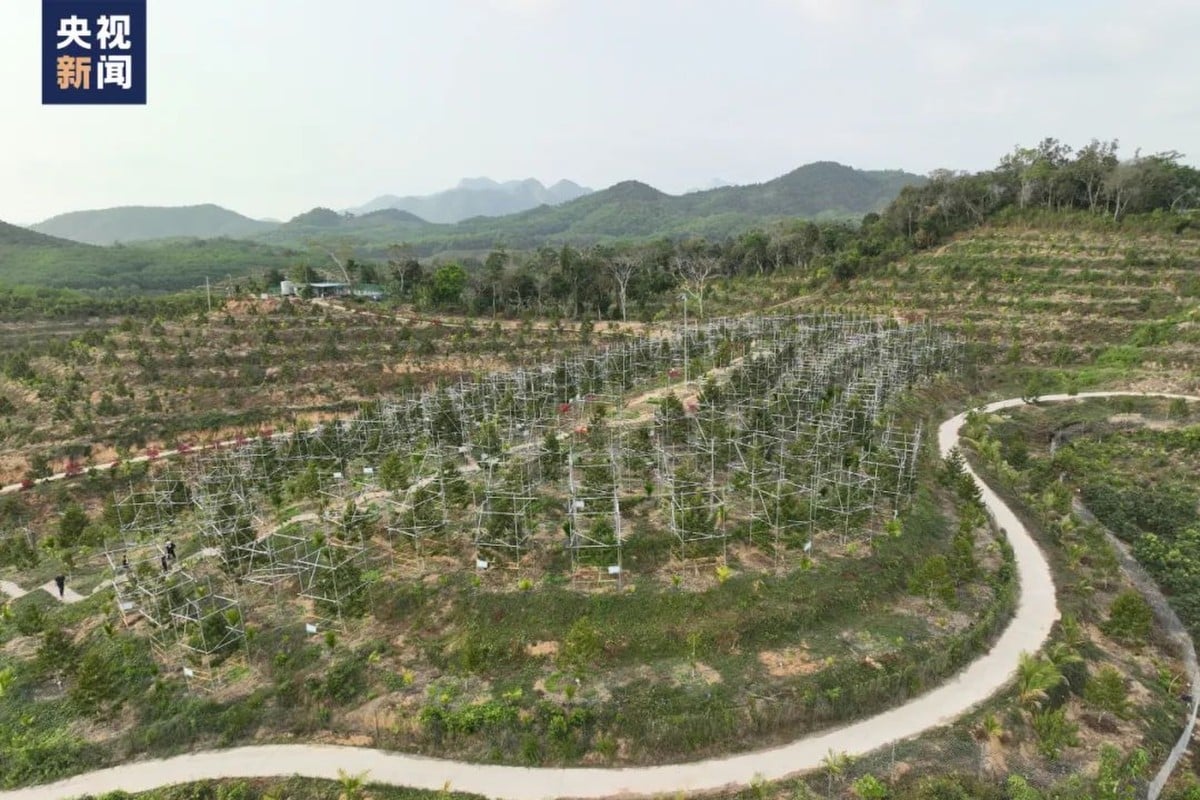
Durian Orchard in Sanya, Hainan
SOUTH CHINA MORNING POST SCREENSHOT
Mr Lim said that Hainan’s durian output would not increase dramatically because of the cost of cultivation and the province’s frequent typhoons. He said that output would only supplement the supply from Malaysia, rather than compete fiercely.
Sam Sin, chief development officer of S&F Produce Group, a Hong Kong-based agricultural distributor, said the subtropical climate on Hainan Island has affected the quality of durians compared to durians grown in Thailand, which have long enjoyed a reputation. The company now owns farms in Thailand and also buys some tropical fruits from Thai growers for export. “We have seen rapid growth in the Chinese market,” said Sam Sin, noting the business has expanded at double-digit rates over the past nine years.
Another advantage that Southeast Asian fruits have is the Regional Comprehensive Economic Partnership (RCEP). The agreement signed between the Association of Southeast Asian Nations (ASEAN) and China and several other countries has helped reduce tariffs on many tropical fruits from Southeast Asia to China.
This helps Philippine mangoes, coconuts and durians reach the Chinese market, where these fruits are “quite scarce,” said Aaron Rabena, a researcher at the Asia- Pacific Pathways to Progress Foundation in Manila.
Chen Shuang, a fruit shop owner in Shanghai, said that Chinese-grown fruits such as lychees, mangoes, papayas and dragon fruits are cheaper and sell better than those imported from Southeast Asia. “However, Hainan’s tropical fruit production cannot meet domestic demand and is not very stable,” Shuang said, adding that durians and plums are still imported.
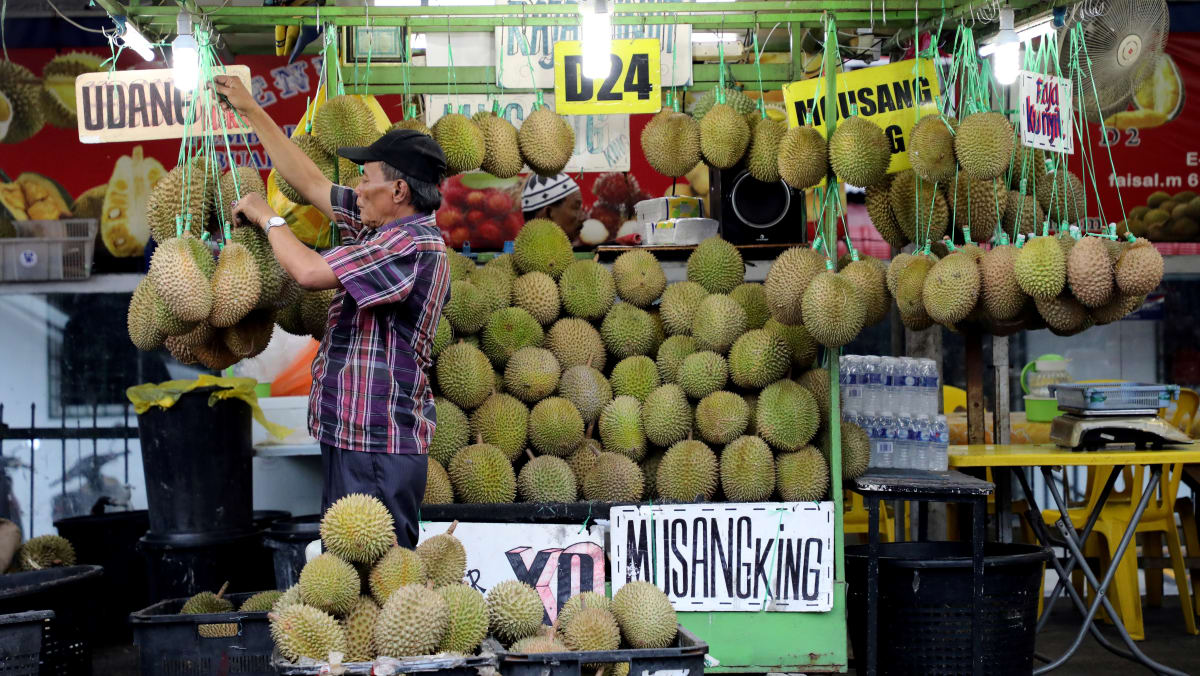
A durian stall in Kuala Lumpur, Malaysia
China boosts technology
Southeast Asia's confidence will be shaken if Hainan farmers become more ambitious, expanding cultivation with automation and cutting fruit prices, analysts say.
“Hot weather” and rain are an advantage for farmers in Hainan, Mr. Lim said. At the same time, they are also very diligent in researching and updating new technologies in cultivation to improve product quality.
“Hainan can be a model for Malaysia to learn from by adopting automation technology to control costs in most of its orchards,” said Mr Lim, adding that small plantations are a potential disadvantage for Malaysia in the durian production race with China.
After sending workers from its base in Sanya City, Hainan Island, to Southeast Asia to study, and working with the China Academy of Tropical Agriculture to shorten the durian growth cycle from 10 years to three years, Du BaiZhong, general manager of Hainan Youqi Agriculture Company, announced that this year, up to 50 tons of durian will be harvested.
Hainan Youqi has found ways to automate irrigation, fertilizer management and weather monitoring, but Du admits that growing durian in Hainan requires more manual intervention and care than in Southeast Asia.
Export prospects
However, some analysts believe that if Hainan province maintains its current technological model, fruit output will grow significantly, not only meeting domestic market demand but also exporting to Southeast Asian countries.
Chinese tropical fruits are expected to soon enter the Vietnamese market via land borders, said Adam McCarty, founder and chief economist at consultancy Mekong Economics.
“There are a lot of Chinese fruits that are taking a big share of the market in Vietnam, like apples and oranges. They are often cheaper and have a longer shelf life than local fruits,” said Mr. McCarty.
In the Philippines, however, lawmakers have begun to question the value of trade with China. Philippine Senator Imee Marcos questioned in February whether it was realistic to expect China to buy all of the Philippines’ durians, given Beijing’s concerns about Manila’s increased military cooperation with Washington.
Meanwhile, banana, coconut and durian farmers in the Philippines were elated after a $2 billion fruit export deal was signed between Beijing and Manila in January.
There is currently no sign in Southeast Asia of a cooperative framework that would benefit Chinese fruit farmers.
In Thailand, for example, the government has often taken measures to support local farmers and promote domestic fruits. In 2022 alone, China was Thailand’s main export market for durian, accounting for more than 96.2% of the Southeast Asian country’s total durian exports, worth $3.1 billion. The Thai government believes that exports of tropical fruits such as durian, mangosteen, longan, mango and coconut will soon be worth more than 200 billion baht ($5.83 billion).
Source link



![[Photo] President Luong Cuong presents the 40-year Party membership badge to Chief of the Office of the President Le Khanh Hai](https://vphoto.vietnam.vn/thumb/1200x675/vietnam/resource/IMAGE/2025/5/19/a22bc55dd7bf4a2ab7e3958d32282c15)
![[Photo] General Secretary To Lam attends the conference to review 10 years of implementing Directive No. 05 of the Politburo and evaluate the results of implementing Regulation No. 09 of the Central Public Security Party Committee.](https://vphoto.vietnam.vn/thumb/1200x675/vietnam/resource/IMAGE/2025/5/19/2f44458c655a4403acd7929dbbfa5039)


![[Photo] Prime Minister Pham Minh Chinh inspects the progress of the National Exhibition and Fair Center project](https://vphoto.vietnam.vn/thumb/1200x675/vietnam/resource/IMAGE/2025/5/19/35189ac8807140d897ad2b7d2583fbae)


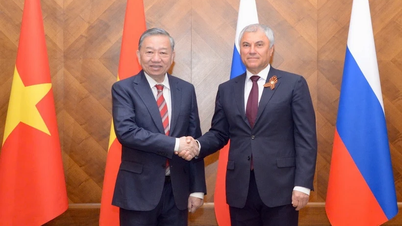



















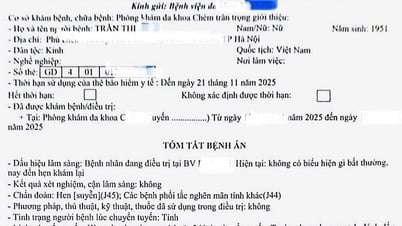



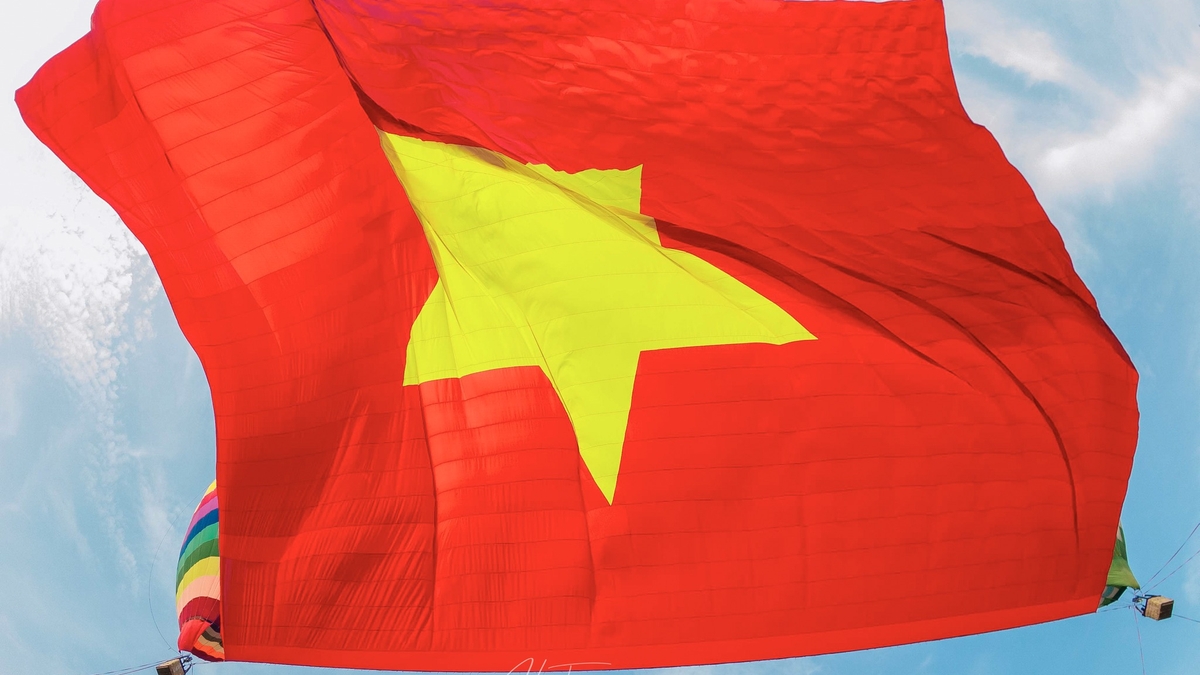



































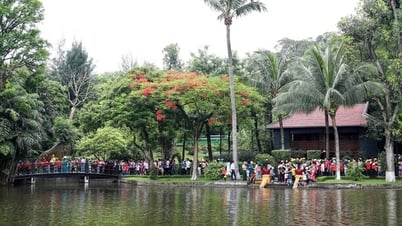

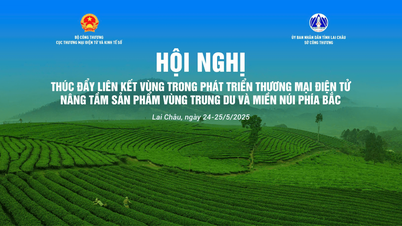
















![[VIDEO] - Enhancing the value of Quang Nam OCOP products through trade connections](https://vphoto.vietnam.vn/thumb/402x226/vietnam/resource/IMAGE/2025/5/17/5be5b5fff1f14914986fad159097a677)





Comment (0)